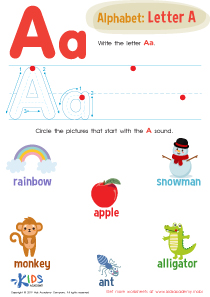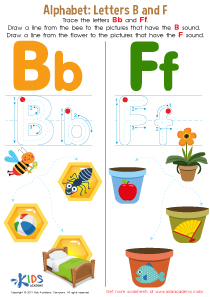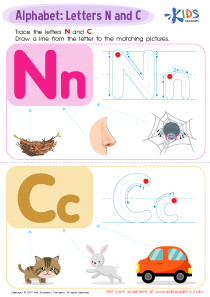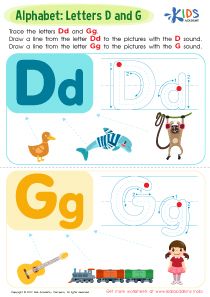Letter E Worksheets for Ages 3-6
3 filtered results
-
From - To
Discover our engaging Letter E Worksheets designed for children ages 3-6. These printable activities help young learners practice recognizing, writing, and pronouncing the letter E through fun exercises, including coloring, tracing, and matching games. By integrating these interactive worksheets into your child's daily routine, you can support early literacy skills and foster a love for learning. Perfect for both parents and teachers, these resources ensure a solid foundation in the alphabet, preparing children for future reading success. Visit our website to download and print these educational tools today!
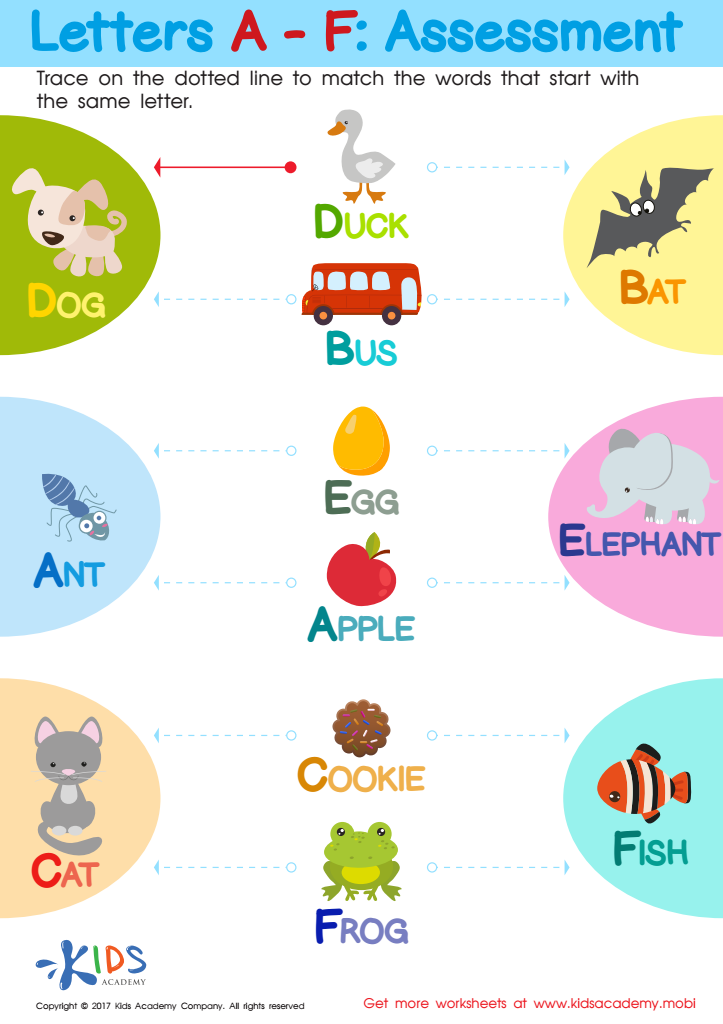

Letters A - F Worksheet
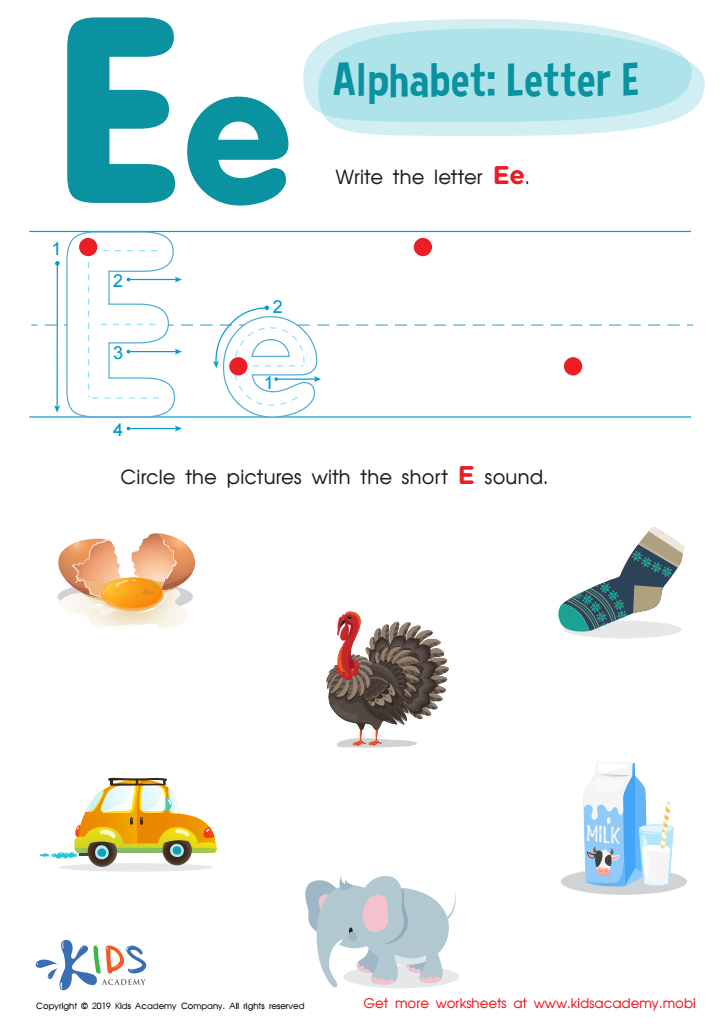

Letter E Tracing Worksheet
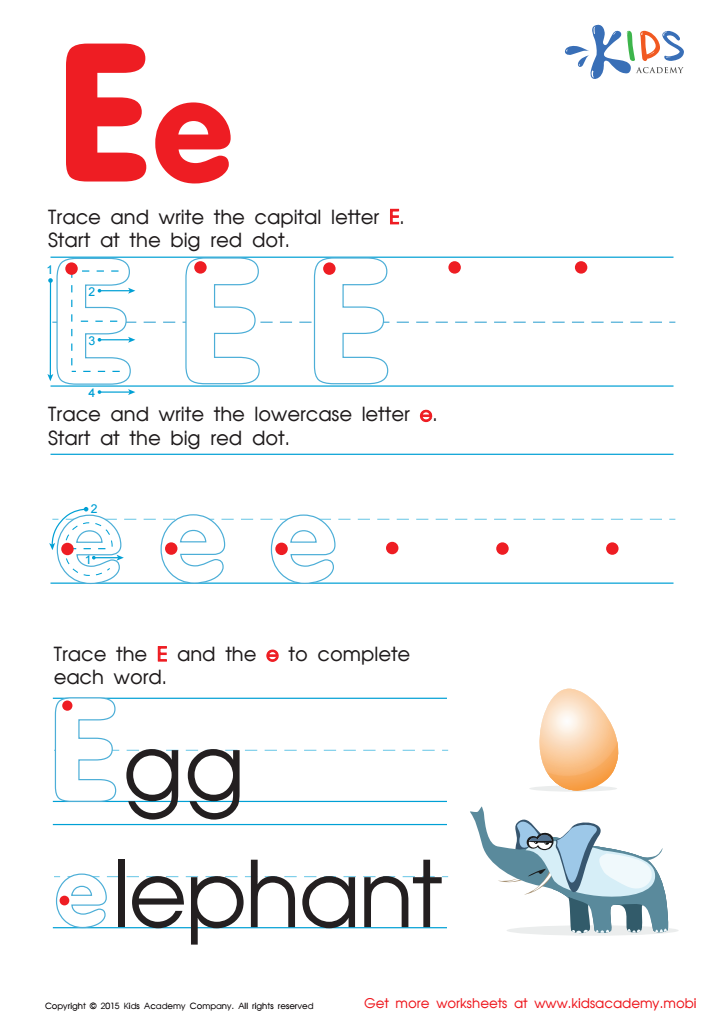

Letter E Tracing Page
Introducing the letter E to children aged 3 to 6 is essential for several reasons. Firstly, E is one of the most frequently used letters in the English language, and early familiarity sets a robust foundation for reading and writing. At this early stage, children are developing phonemic awareness, which is the ability to hear and manipulate sounds in words. Learning the letter E—including its various sounds like the short "e" in "bed" and the long "e" in "see"—helps children understand how letters combine to form words.
Secondly, early exposure to the letter E can nurture a child’s confidence and interest in literacy. Recognizing and writing familiar letters gives them a sense of achievement and motivates them to keep learning. E is easy to form and appears in many simple, commonly used words, further making it an accessible and motivational learning milestone.
Lastly, learning letters and their sounds enhances vocabulary development and communication skills. Recognizing the letter E in different contexts—such as on signs, in books, or on labels—helps connect the sounds to practical use. This holistic understanding promotes language skills, which are fundamental to a child’s overall academic success and cognitive development. Therefore, parents and teachers should prioritize teaching the letter E as a crucial step in a child’s early educational journey.
 Assign to My Students
Assign to My Students






